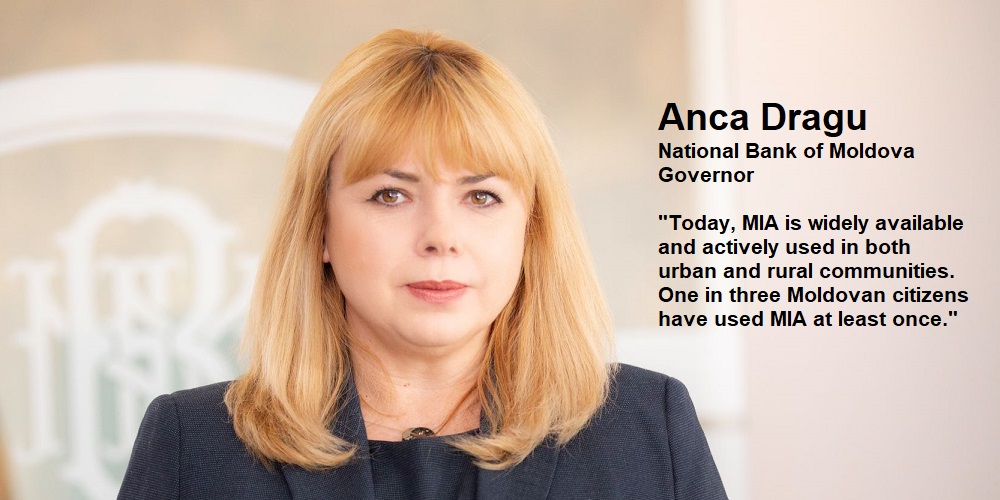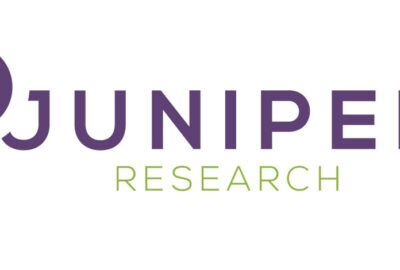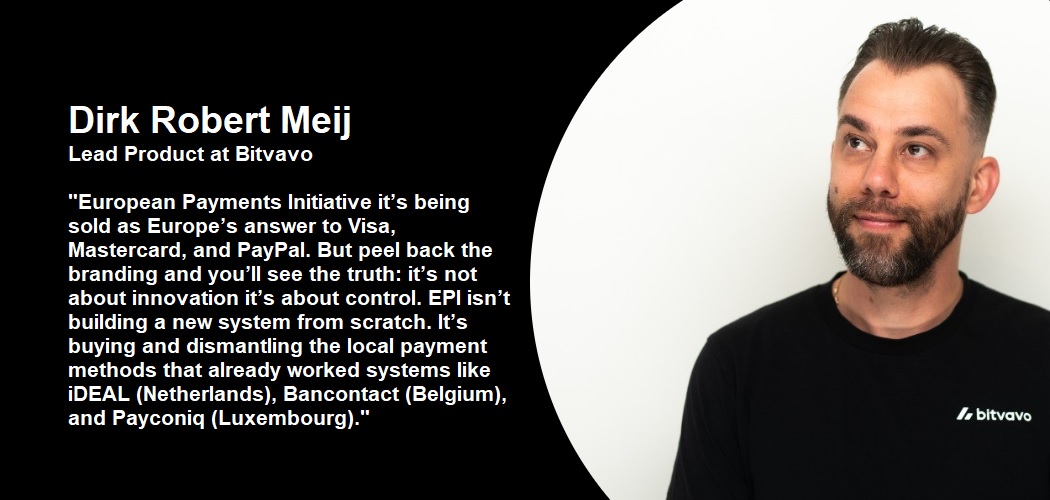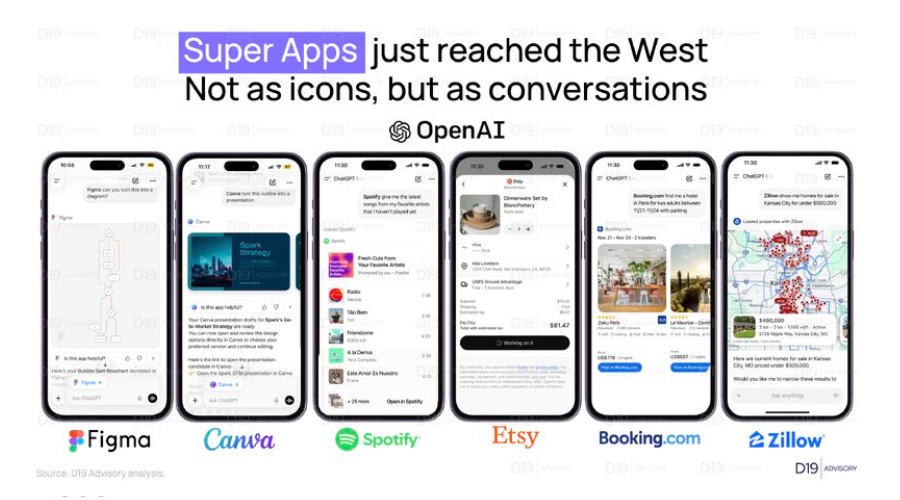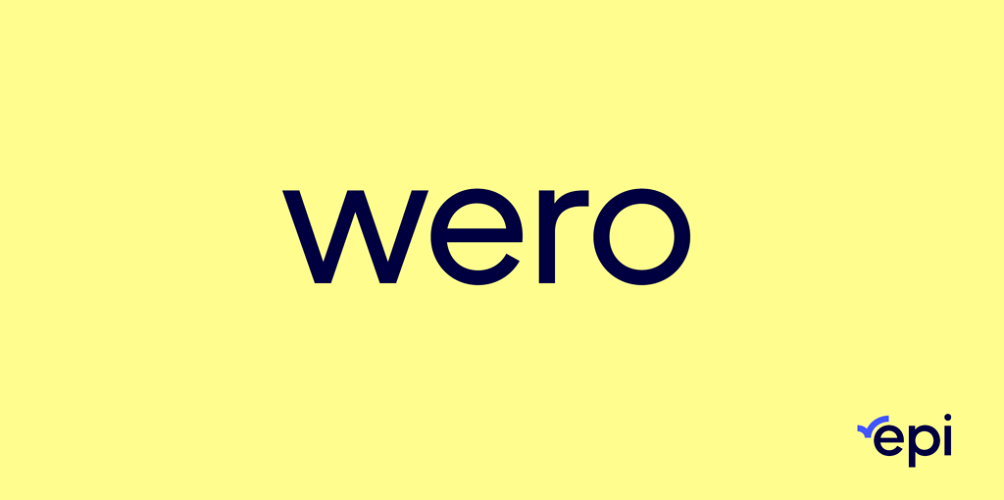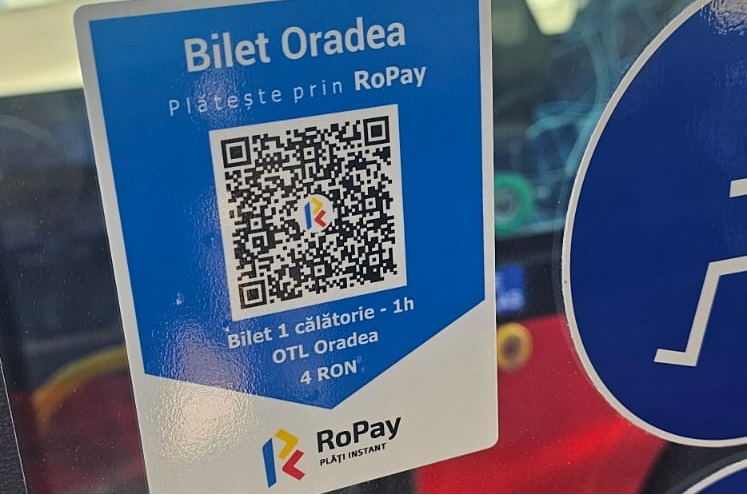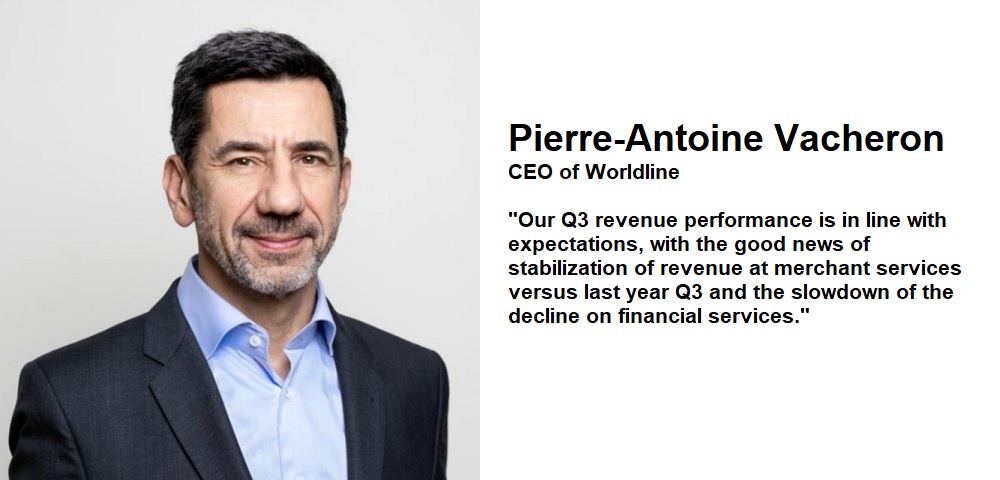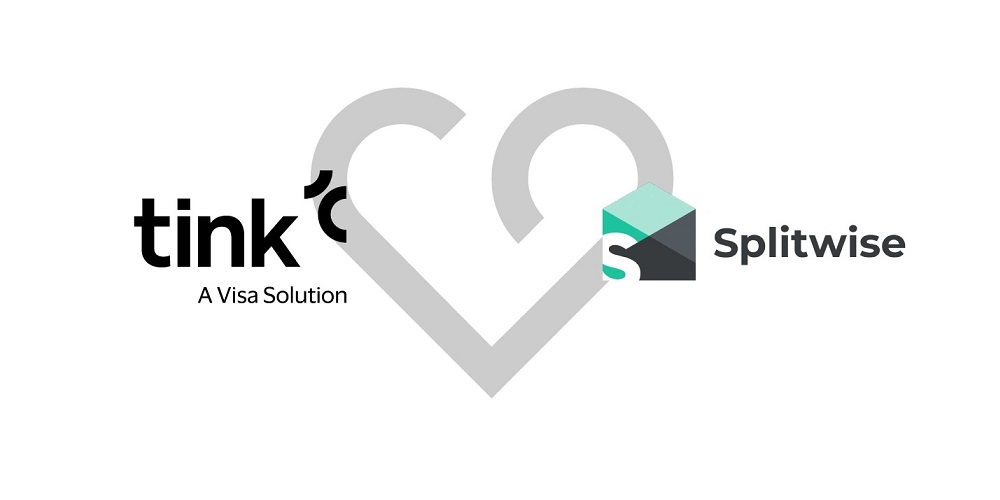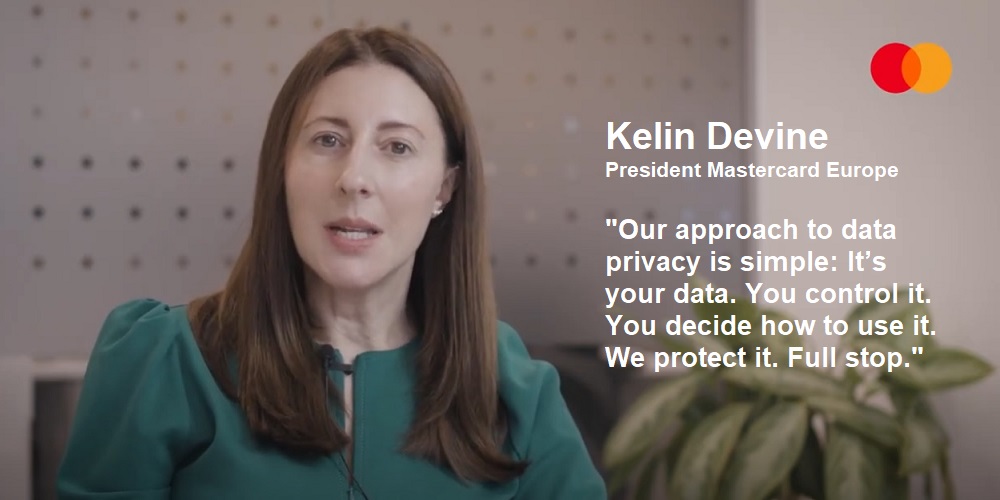The global banking sector is surviving the pandemic better than expected but is under great divergence
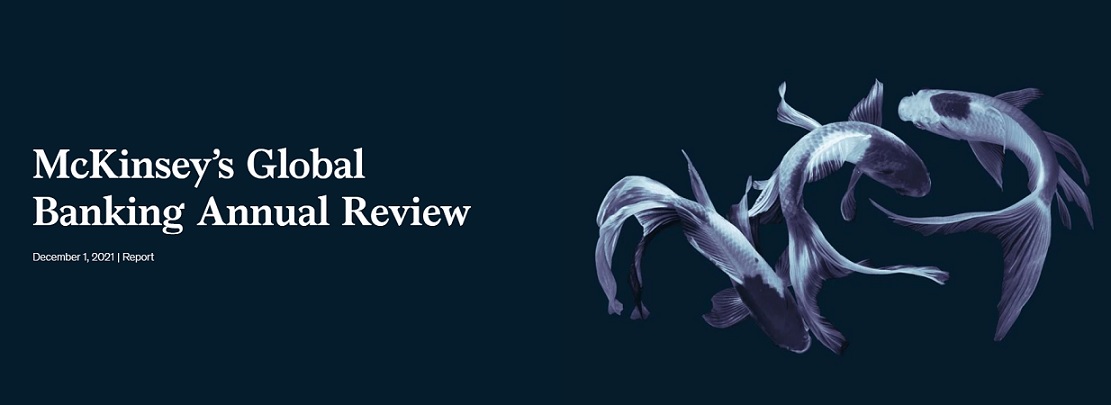
The industry split in the last two years into “rock star” performers and “under-performing” players and Romania made no exception, as in 2020 the top seven banks represented almost 80% of the total banking assets, driving the entire profitability, according to the 11th edition of the McKinsey Global Annual Banking Review.
The Romanian banking sector declined its profitability to 8,26% in 2020, down from 11,06% in 2019 due to the pandemic. This is the first time the Romanian banking sector profitability was below 10% in the last six years.
The pandemic has accelerated several uncertainties for the system, like inflationary pressures, the unclear impact of the economic stimulus on risk costs, or the acceleration of digital disruption. COVID-19 significantly accelerated digitization globally, with Romania being among the fastest-growing European economies in banking digital adoption.
Out of the four divergence sources identified by McKinsey research – geography, scale, segment focus and business model – the scale seems highly relevant for Romania.
Out of 34 banks in the Romanian banking system, the top seven represent almost 80% of the total banking assets, driving the entire profitability.
“As such, these leaders have the necessary scale to enable more efficient operations and invest in effective digitization of their business model, while the remaining banks face a massive scale challenge negatively affecting their efficiency. Moreover, most Romanian banks maintain a universal service model, with limited evidence of distinctive business models that would allow for proper differentiation,” states Ovidiu Tișler, Associate Partner at McKinsey & Company in Bucharest.
The analysis of top-performing financial institutions points to three common characteristics that make a future-proof business model:
Customer ownership with embedded digital financial services. With Romania being the fastest growing economy in Central and Eastern Europe (CEE) in e-commerce, Romanians increasingly expect their banks to deliver a dynamic and distinctive customer experience. Some of the main threats include relevant, personalized insights or connections to an ecosystem of adjacent services (financial and non-financial) that are at incipient levels on the Romanian market.
McKinsey’s analysis shows that Romanian banks have significantly grown digital sales in 2020-21, however, the starting point was low compared to CEE peers (i.e., ~10% digital sales penetration in Romania vs. almost 25% in CEE for some products). Also, most of the digital traction is still driven by simple account sales.
An efficient economic model that fosters growth beyond the balance sheet, with significant relevance for Romania, where 2/3rds of the banks’ income is still interest-driven (vs. 45% globally).

Continuous innovation and fast go-to-market, leveraging technology and talent. Digital acquisition, for example, is still in its nascent stage in Romania, but CEE and global peers show significant potential for short and mid-term. For global peers with well-established digital acquisition processes, digital already contributed almost 40% of total customers acquired. Innovation and speed-driven KPIs are highly relevant when differencing between top performers and rest (e.g., time to market can be two to four weeks for the former vs. 8–26 weeks for the latter).
“The next few years are crucial for any bank with aspirations to land on the right side of the divergence described in this year’s report. Time is running out as the performance of banks increasingly diverges. There is no value to waiting. Quite the contrary: history shows that players with bold moves towards growth coming out of a crisis hold on to the resulting gains for the longer term. This is highly relevant for the Romanian banks as well. The Covid pandemic has accelerated the digital trend. Now is the time to act,” concluded Ovidiu Tișler.

___________
The full McKinsey Global Annual Banking Review is available here.
Dariusz Mazurkiewicz – CEO at BLIK Polish Payment Standard
Banking 4.0 – „how was the experience for you”
„To be honest I think that Sinaia, your conference, is much better then Davos.”
Many more interesting quotes in the video below:
